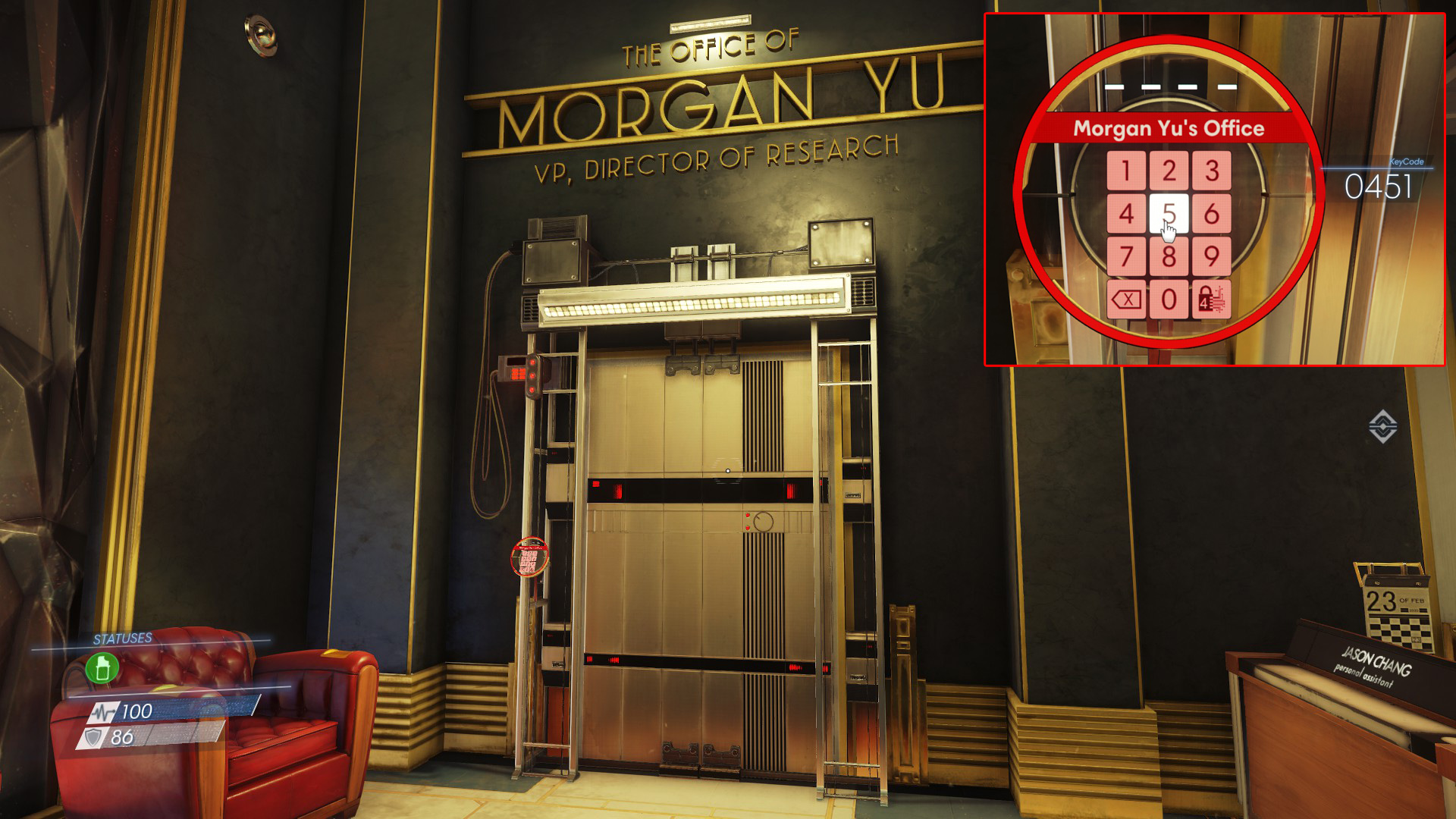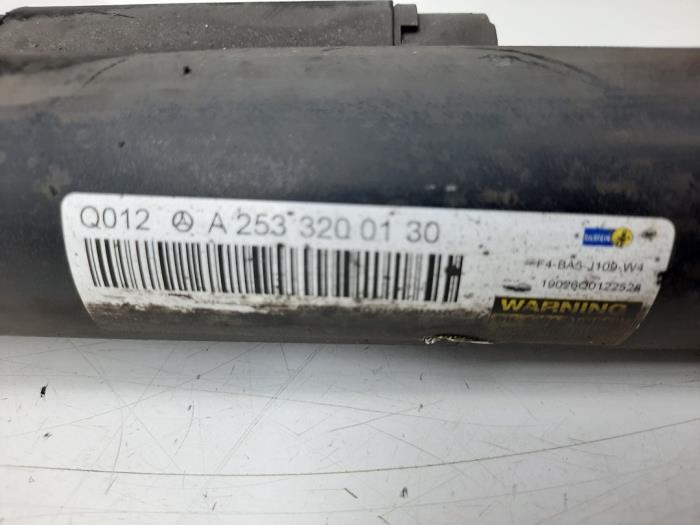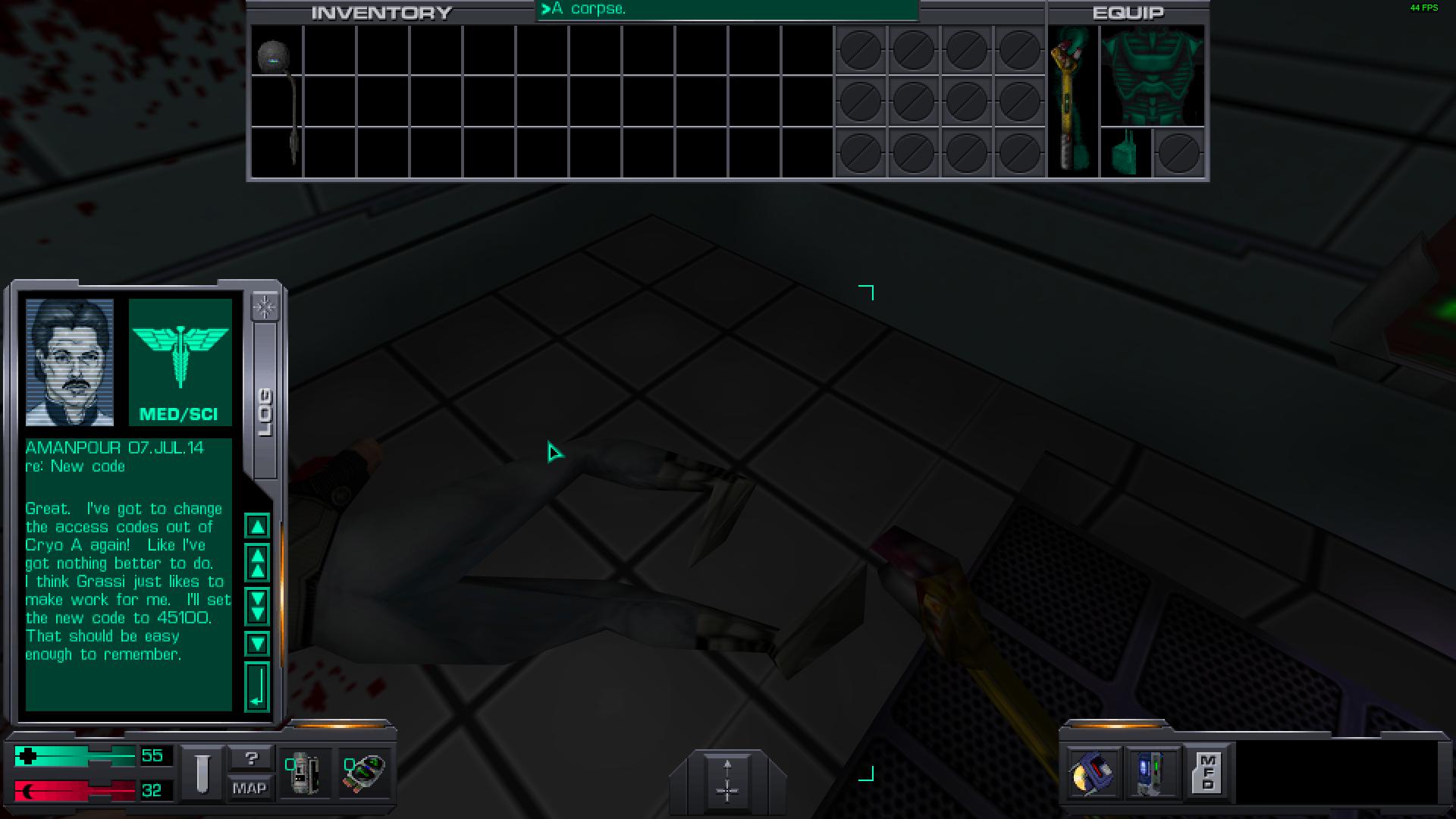
Certain hardware displays the effectiveness of attacks when active, with messages such as "Normal damage". When activated, most hardware drains from a main energy reserve, which necessitates economization. Increasingly advanced versions of this hardware may be obtained as the game progresses.

Attachable "hardware" may also be found, including energy shields and head-mounted lanterns. Dermal patches provide the character with beneficial effects-such as regeneration or increased melee attack power-but can cause detrimental side-effects, such as fatigue and distorted color perception. Īlong with weapons, the player collects items such as dermal patches and first-aid kits. Energy weapons and several types of explosives may also be found, with the latter ranging from concussion grenades to land mines. Projectile weapons often have selectable ammunition types with varying effects for example, the "dart pistol" may fire either explosive needles or tranquilizers. Outside of Cyberspace, the player uses the game's sixteen weapons, of which a maximum of seven may be carried at one time, to combat robots, cyborgs and mutants controlled by SHODAN. Actions in Cyberspace sometimes cause events in the game's physical world for example, certain locked doors may only be opened in Cyberspace. Specific computer terminals allow the player to temporarily enter Cyberspace inside, the player moves weightlessly through a wire-frame 3D environment, while collecting data and fighting SHODAN's security programs. Throughout the game, an evil artificial intelligence called SHODAN hinders the player's progress with traps and blocked pathways. The player advances the plot by acquiring log discs and e-mails: the game contains no non-player characters with which to converse.

The HUD also features three "multi-function displays", which may be configured to display information such as weapon readouts, an automap and an inventory. Practical uses for these actions include taking cover, retrieving items from beneath the player character and navigating small passages, respectively. View and posture controls on the HUD allow the player to lean left or right, look up or down, crouch, and crawl. As in Ultima Underworld, the player uses a freely movable mouse cursor to aim weapons, to interact with objects and to manipulate the heads-up display (HUD) interface. Progress is largely non-linear, and the game is designed to allow for emergent gameplay. The game is set inside a large, multi-level space station, in which players explore, combat enemies and solve puzzles. System Shock takes place from a first-person perspective in a three-dimensional (3D) graphical environment.

SYSTEM SHOCK 2 FIRST DOOR CODE WINDOWS
The three "multi-function display" windows at the bottom depict weapon information, the inventory and an automap, respectively The character's health and energy are displayed at the top right manipulable readouts to the left of them determine the character's posture and view angle. The player character looks at the door below while wielding a lead pipe. The 2000 game Deus Ex (produced and directed by Spector), the 2007 game BioShock, and the 2017 game Prey are spiritual successors to the two games.

A sequel, System Shock 2, was released by Looking Glass Studios and offshoot developer Irrational Games in 1999. The game was a moderate commercial success, with sales exceeding 170,000 copies, but Looking Glass ultimately lost money on the project. It was later placed on multiple hall of fame lists. The developers sought to build on the emergent gameplay and immersive environments of their previous games, Ultima Underworld: The Stygian Abyss and Ultima Underworld II: Labyrinth of Worlds, by streamlining their mechanics into a more "integrated whole".Ĭritics praised System Shock and hailed it as a major breakthrough in its genre. System Shock 's 3D engine, physics simulation and complex gameplay have been cited as both innovative and influential. Assuming the role of a nameless security hacker, the player attempts to hinder the plans of a malevolent artificial intelligence called SHODAN. The game is set aboard a space station in a cyberpunk vision of the year 2072. It was directed by Doug Church with Warren Spector serving as producer. System Shock is a 1994 first-person action-adventure video game developed by LookingGlass Technologies and published by Origin Systems.


 0 kommentar(er)
0 kommentar(er)
